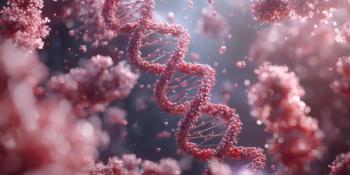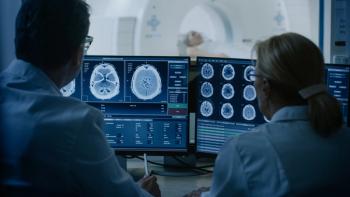
Migraine Treatment Create New Challenges for Health Care Providers
Thirty two million Americans are affected by migraines, and women are affected 3 times more than men.
Migraine is a chronic illness, but many people, including both patients and health care providers­, don’t think of it that way, said Richard G. Wenzel, PharmD, CPPS, speaking at the Academy of Managed Care Pharmacy’s Managed Care and Specialty Pharmacy Annual Meeting held April 23-26, in Boston, Massachusetts. Wenzel presented about “Migraine—More Than Just a Headache: Exploring the Burden, Management, and Costs” at the Science and Innovation Product Theater, sponsored by Amgen.
“You don’t get migraines, you have migraines,” Wenzel said he tells his patients. Wenzel, a clinical pharmacist at the Diamond Headache Clinic Inpatient Unit in Chicago, Illinois, equates it to a chronic illness like diabetes.
“It’s not just an attack, it’s an event,” he said. “People forget about it until they get their next attack.”
He described
Only a minority of people experience an aura after the feeling begins that a migraine is starting. After the attack begins and ends, the patient may report feeling wiped out.
A migraine involves the trigeminal nucleus caudalis and trigenemial nerves, causing swelling in the trigeminovascular system. The pain comes from the terminal end of neurons. During an attack, there is a release of vasoactive peptides, including calcitonin gene-related peptides (CGRPs). The FDA is expected to approve a new class of migraine drugs called
Thirty two million Americans are affected by migraines, and
Click to continue reading on
For more extensive coverage pertaining to headaches and migraines, check out Specialty Pharmacy Times' sister site,
Newsletter
Stay informed on drug updates, treatment guidelines, and pharmacy practice trends—subscribe to Pharmacy Times for weekly clinical insights.


















































































































































































































